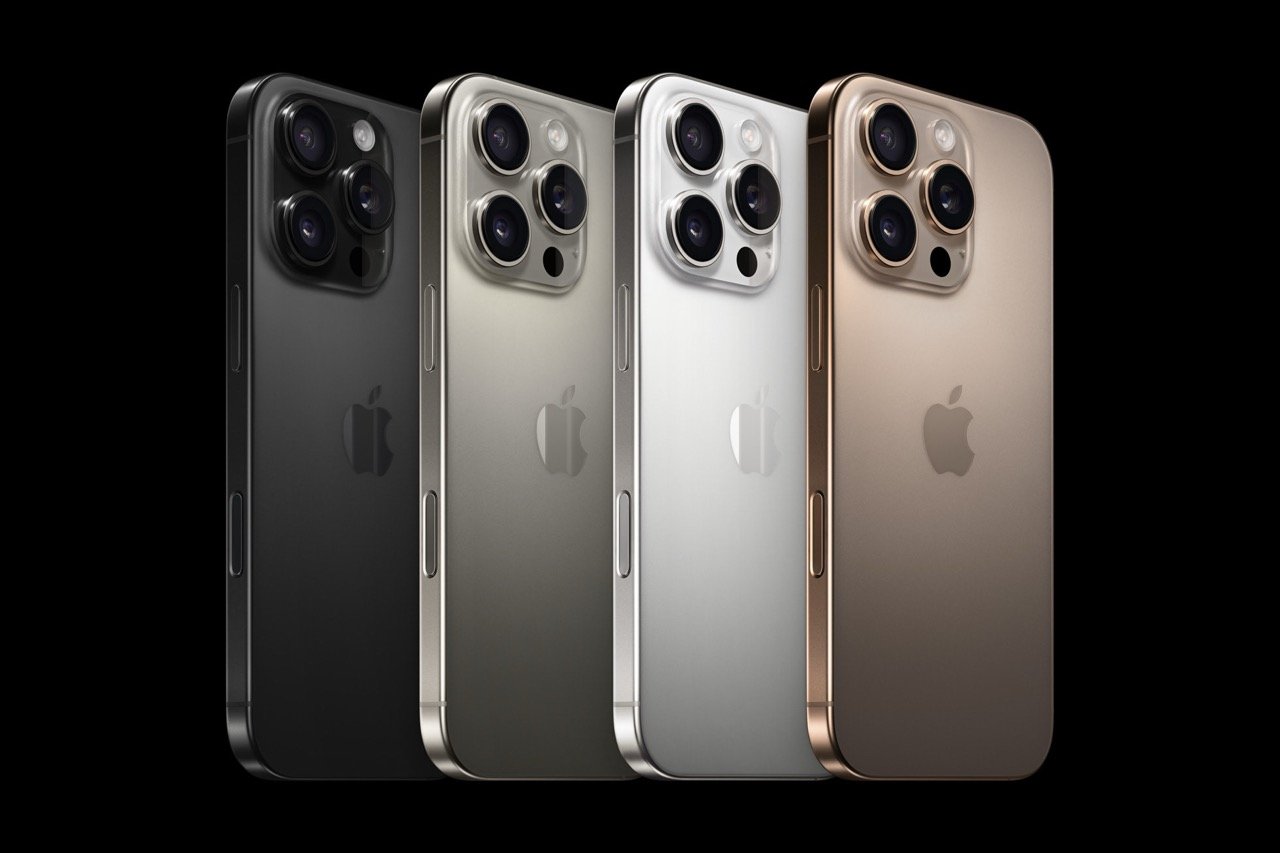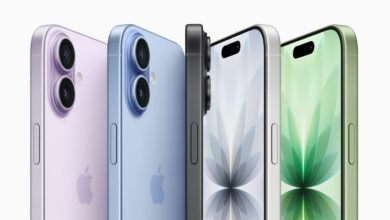
Apple is taking a major leap forward in digital accessibility, announcing a comprehensive set of features that will roll out across its devices later this year. From new tools for the blind and deaf to support for brain-computer interfaces, the company is positioning itself not just as a maker of consumer gadgets, but as a champion of inclusive technology.
Accessibility Now Starts Before You Download an App
One of the biggest changes is the introduction of Accessibility Nutrition Labels on the App Store. Just like nutrition facts help consumers understand food, these new labels will show whether an app supports essential accessibility features like VoiceOver, captions, high contrast modes, and more — before you hit download.
This gives people with disabilities more confidence and freedom in their app choices. Developers also get a new chance to highlight inclusive design as part of their user experience.
“Consumers deserve to know if a product or service will be accessible to them from the very start,” said Eric Bridges of the American Foundation for the Blind.
Making the Physical World More Accessible with Mac and Vision Pro
Apple’s Magnifier app — already a key feature on iPhone and iPad — is now coming to Mac. The updated version will let users zoom in on physical objects using a connected camera, perfect for reading printed text or inspecting details on a whiteboard.
The app integrates seamlessly with a new systemwide Accessibility Reader, designed to make text easier to read for people with dyslexia, low vision, or cognitive impairments. This reader allows for full control over fonts, colors, spacing, and spoken content.
Meanwhile, Apple Vision Pro will get expanded accessibility features via visionOS, enabling real-world object detection, zoom capabilities, and voice-based descriptions of surroundings using advanced on-device machine learning.
Braille, Captions, and Personalized Speech — All Getting Better
For blind users, Apple is introducing Braille Access, a full-featured braille note-taking system available on iPhone, iPad, Mac, and Vision Pro. It supports app navigation, math equations using Nemeth Braille, and real-time transcription through Live Captions on braille displays.
For those at risk of losing their voice due to degenerative conditions, Apple’s Personal Voice can now create a lifelike digital voice in under a minute using just 10 recorded phrases. It’s also adding Spanish (Mexico) support.
Apple Watch Is Becoming a Remote Accessibility Hub
Live Listen, which turns an iPhone into a remote microphone, is gaining real-time Live Captions that can now be viewed directly on an Apple Watch. Users can control sessions remotely, even during meetings or classes.

This means a user wearing AirPods or hearing aids can place their iPhone near a speaker and read live subtitles on their wrist — no need to reach for their phone.
Motion Sickness, Sound Recognition, and Music Haptics
Some less-talked-about but equally impactful features include:
- Vehicle Motion Cues now available on Mac, helping users reduce motion sickness while using a device in a moving car.
- Sound Recognition will soon identify if your name is being called — a big help for people who are deaf or hard of hearing.
- Music Haptics on iPhone can now vibrate to either the entire song or just vocals, offering more control for users who experience music through touch.
Support for Brain-Computer Interfaces and Head Tracking
In a forward-looking move, Apple announced that iOS, iPadOS, and visionOS will support Switch Control for Brain-Computer Interfaces (BCIs) — allowing users with severe mobility impairments to interact with devices using thought-based commands.
They’re also improving Eye and Head Tracking, enabling users to type, navigate, and make selections using just gaze or subtle head movements.
Custom Accessibility Settings, New CarPlay Features, and More
- A new Share Accessibility Settings feature will let users temporarily apply their settings to another iPhone or iPad — ideal for using public devices or borrowing someone else’s.
- CarPlay now supports Large Text and alerts for baby cries and emergency sounds for drivers or passengers who are deaf or hard of hearing.
- Voice Control for developers in Xcode includes a new mode for programming entirely with voice.
Apple’s Wider Push: Culture and Representation
In celebration of Global Accessibility Awareness Day, Apple is also spotlighting inclusive stories and creators:
- Apple TV+ premieres Deaf President Now!, a documentary on the historic 1988 protest at Gallaudet University.
- Apple Music features haptics-enabled playlists and ASL-interpreted videos.
- Apple Fitness+ features a wheelchair-inclusive dance workout led by Chelsie Hill of the Rolettes.
- The App Store, Books, News, and Podcasts are all highlighting developers, activists, and artists driving accessibility.
Final Thoughts
With this update, Apple is pushing boundaries that other tech companies are only beginning to explore. By embedding accessibility across hardware, software, and services — and highlighting it in cultural storytelling — Apple isn’t just adding features. It’s expanding what inclusion in tech can look like.
These features will begin rolling out later in 2025 across iPhone, iPad, Mac, Apple Watch, and Apple Vision Pro.







